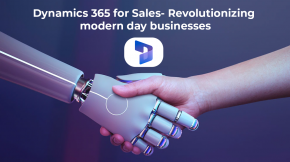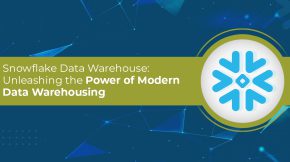What is Data Integration- Benefits, Tools and Purpose
Introduction
Data analysts face specific complications when organizations’ data volumes continue to grow. Analysts must discover ways for data integration from many sources and arrange it for evaluation and reporting with fewer resources as the number of information sources increases.
Productivity and cooperation increase when firms can make sense of their data. However, only if they can use the data; firms increasingly rely to eliminate data silos. According to more than 80% of corporate Business Operations directors, data integration is essential to continue operations.
Analysts may load data into business intelligence (BI) tools when data is properly merged to obtain reports and insights that can be used to act.
But what precisely does it mean in practice?
How can information from several sources be consolidated into one place? In this blog, we’ll discuss it.
What is Data Integration?
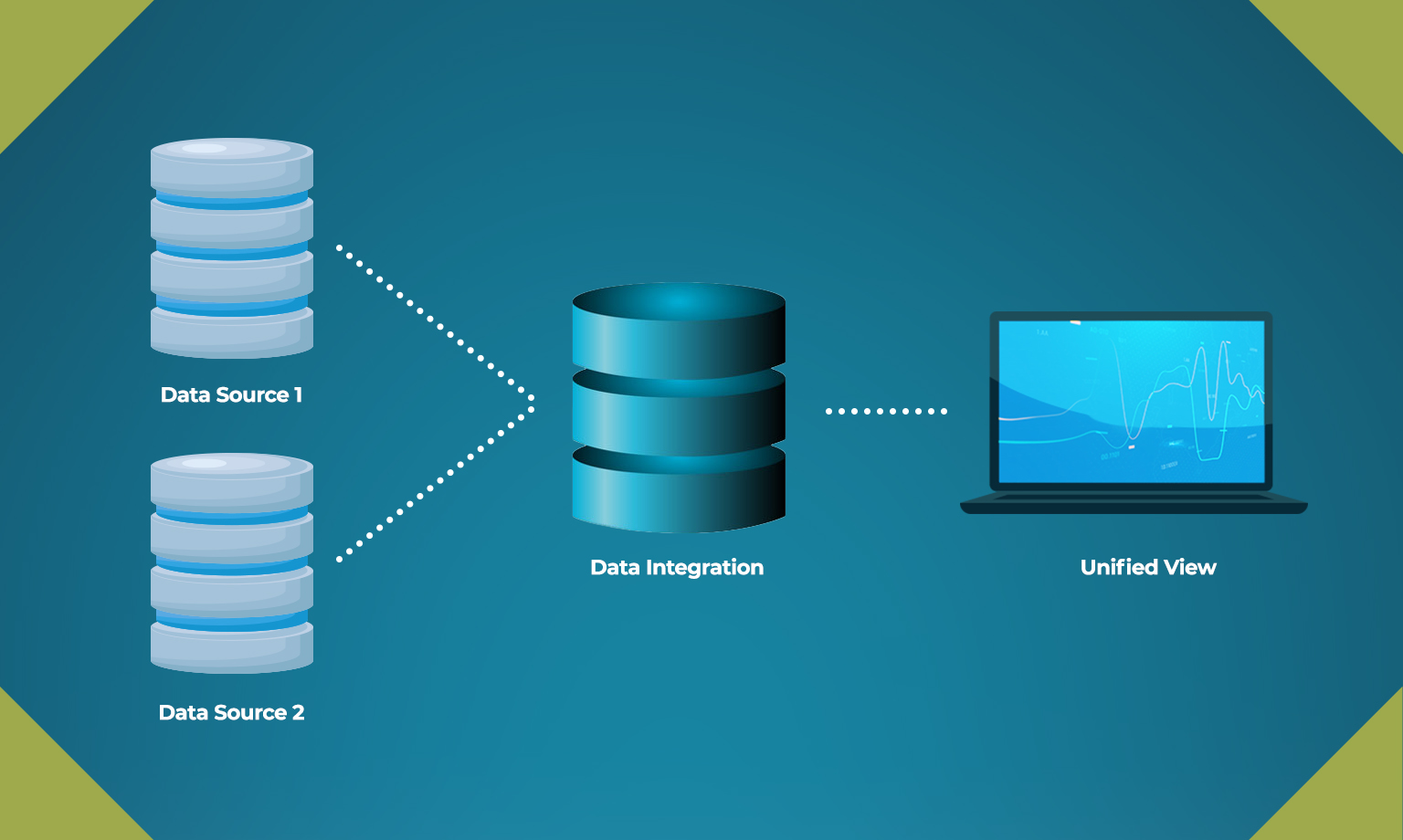
Data integration is a step in the data management process that concentrates on gathering data from several unrelated sources and bringing it together into a single, unified perspective for management and analysis. It collects raw data and converts it into a standard format to readily evaluate massive data for insights that can help you make better business decisions.
Every organization has specific needs for data integration based on the software you use and how you manage and store data in various departments. It is a process in which you continuously add new tools to address multiple business concerns.
ETL is the most used method for integrating data (Extract, Transform, Load). Here, datasets from many data sources are combined, harmonized, and put into a target Data Warehouse.
In the case of customer data integration, data about each customer is extracted from several business systems, such as revenue, accounting, and marketing, and merged into a single picture of the client for use in customer service, reporting, and analysis.
Benefits of Data Integration
Data integration practice has a number of advantages, some of which are listed below
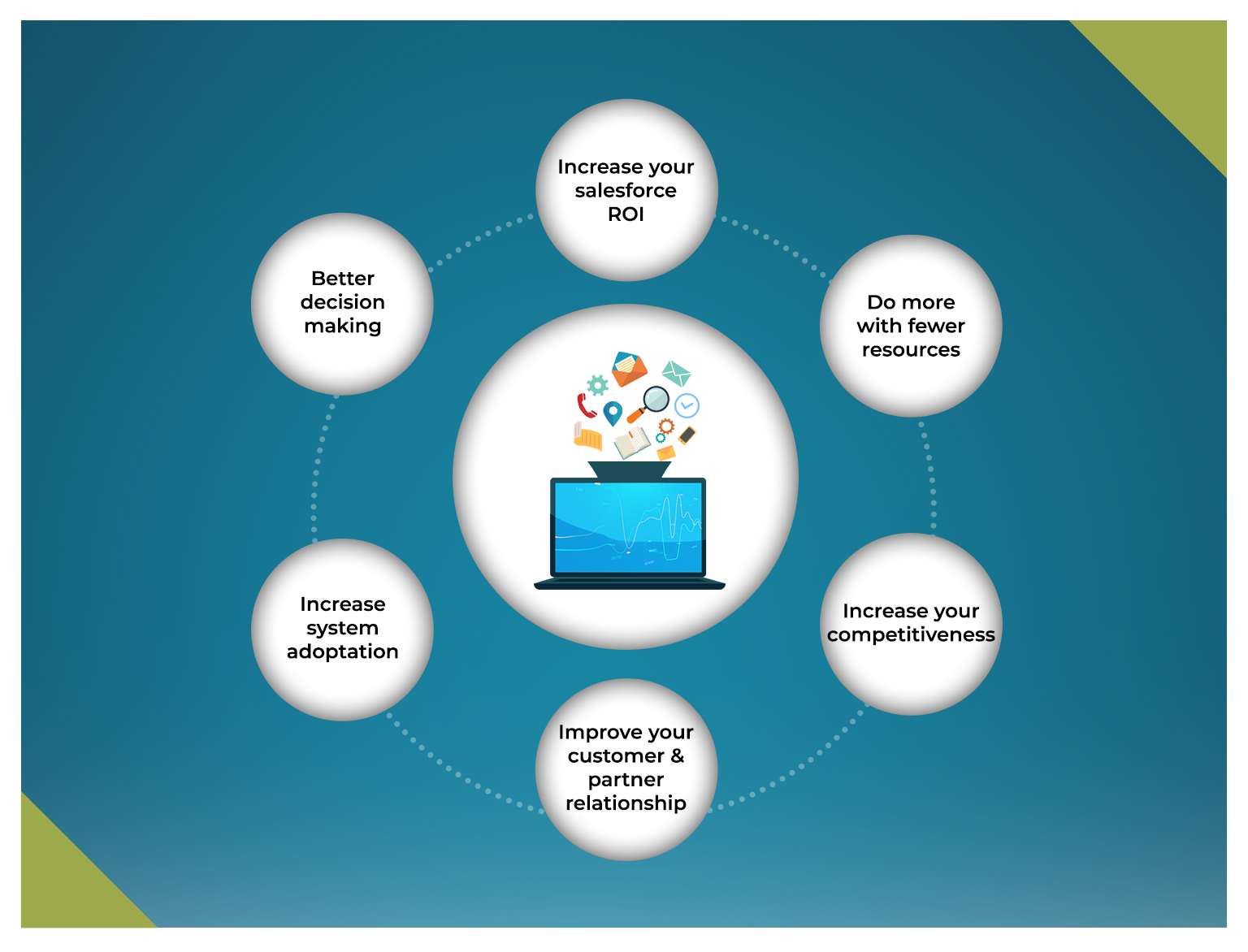
Data Integration Tools and Techniques
Various organizational levels can use data integration strategies, which range from highly automated to manual processes. Common methods and tools for integrating data include:
- Common User Interface or Manual Integration: No one viewpoint of the data exists. Users are able to access all source systems while operating with all pertinent information.
- Integration based on applications: Demands that every application implement every aspect of integration; this is doable with a limited number of apps.
- Integration of Middleware Data: A new middleware layer receives integration logic from an application.
- Access to Uniform Data: leaving data in the underlying systems and defining a set of viewpoints to provide people throughout the company with a consistent perspective
- Common information storage or physical data integration: Generates a new system where a duplicate of the information from the data source is kept and maintained separately from the original system.
Why is Data Integration Important for your Organization
These are just a few ways that data integration may help your company
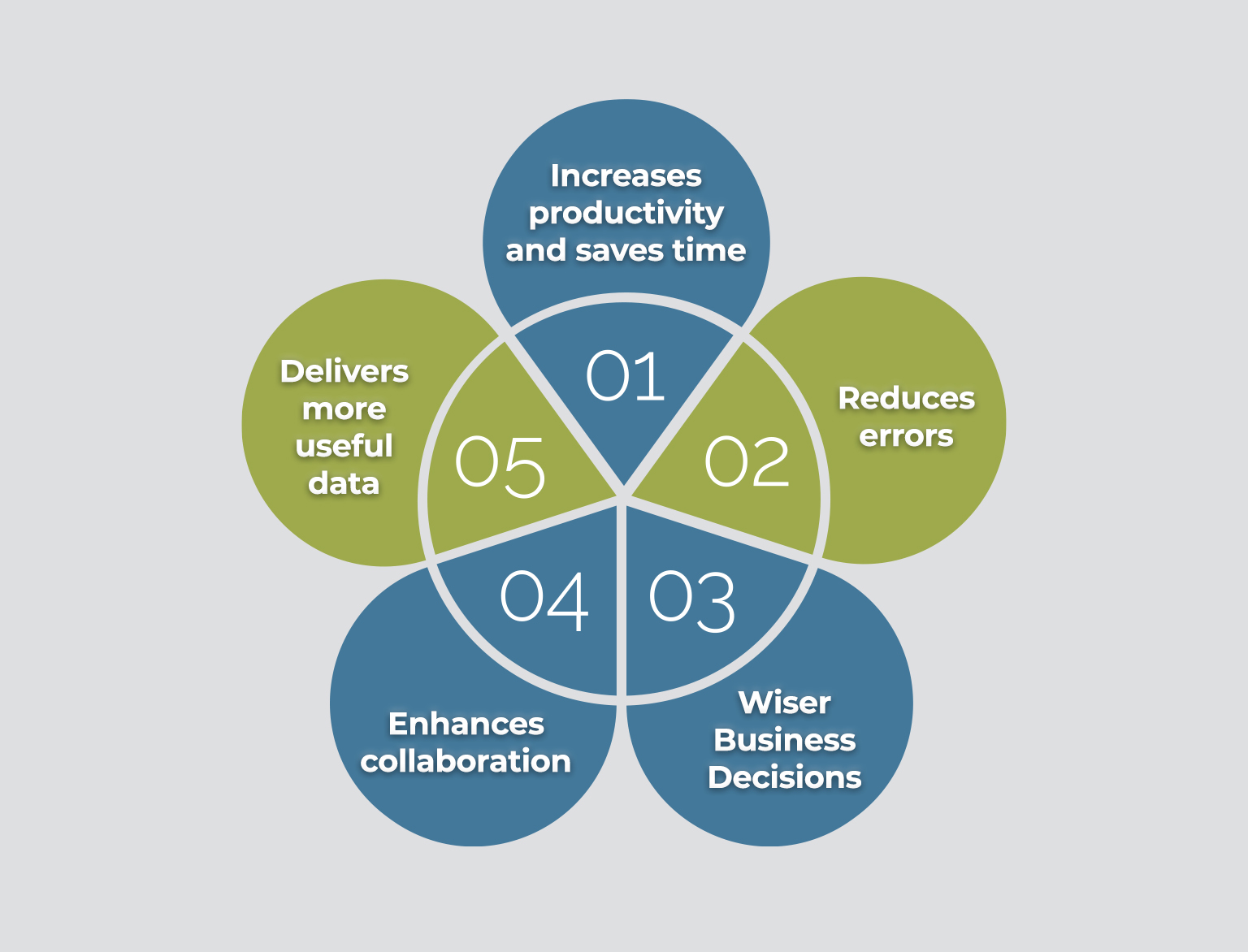
- Increases productivity and saves time: When your company incorporates methods like data integration throughout your business operations, the time needed to compile and evaluate that data is considerably reduced. Additionally, the automation of unified views does away with the necessity for human data collection. The time saved on these duties may be used for analysis and implementation to increase productivity and competitiveness within a business.
- Reduces errors: Managing a company’s data resources involves a lot of upkeep. Employees must be familiar with every possible location and account to collect data manually. Additionally, to guarantee that their datasets will be precise and comprehensive, they must install all required software before they even start. The dataset will only be complete if a data repository is introduced and the employee is ignorant. When it is in operation, your staff always has access to the most current and correct data. It also lessens backbreaking human labor and data manipulation, lowering mistake rates.
- Wiser Business Decisions: Enables transparent internal company procedures, which aids in making wiser business decisions. Data integration solutions allow organizations to use data in various internal systems whenever they see fit. They can comprehend facts clearly; as a result, any choice may be taken about company procedures promptly and wisely.
4. Enhances collaboration: Access to the company’s data is necessary for business initiatives for employees in every department, often located in various physical places. Employees in practically every department are also creating data that the rest of the company requires while enhancing their own areas of work. Everyone may obtain a single picture of the data from the whole organization by integrating the data. Collaboration and unity within the company are enhanced as a result.
5. Delivers more useful data: The value of a business’s data is gradually increased via the data integration process. As data is incorporated into a centralized repository system, quality problems are recognized, and fixes are put into place, producing more accurate data that serves as the basis for quality analysis.
What is the Purpose of Data Integration?
But why is it even necessary in the first place? What does that enable you to do? Better analytics and reliable automation are the two critical use cases for businesses.
Finding insights and leveraging recurring patterns and trends to inform choices are both parts of data analytics. Demand forecasting and suggesting specific adjustments to product and sales strategy are a few examples.
Data dashboards and data models are examples of data analysis tools. Ad hoc reporting and exploiting data as a product are examples of its usage. Predictive modeling and artificial intelligence are examples of analytics at their most sophisticated level.
Departmental data silos may be removed due to robust, precise data integration. It also entails combining and comparing data from various parts of your company. By examining the full company effects of product and marketing changes, for example, you might see trends that would not be apparent from just looking at profit and loss accounts.
Additionally, departments are spared from hiring developers to handle their particular data programming requirements regarding data analytics. Employees in every area should be able to prepare reports, evaluate data, and spot trends without seeking outside assistance if it is done well.
Your routine chores should be more effective due to process automation. Automating processes like processing payroll and preparing monthly reports are two examples. Data may be used in near-real time because of data integration, making it simple to create and transport data to where it’s most valuable without user intervention.
A new generation of data-driven goods powered by artificial intelligence and machine learning will eventually be possible thanks to effective ways to integrate data. Predictive models for sophisticated, automated decision support and autonomous agents, like chatbots, may be trained using data.
Data Integration versus Application Integration
Application integration facilitates real-time data integration and works with smaller data sources. Despite several individuals or procedures updating the data in multiple locations, it aids in maintaining consistency. Compared to data integration, application integration has a faster rate of data transformation.
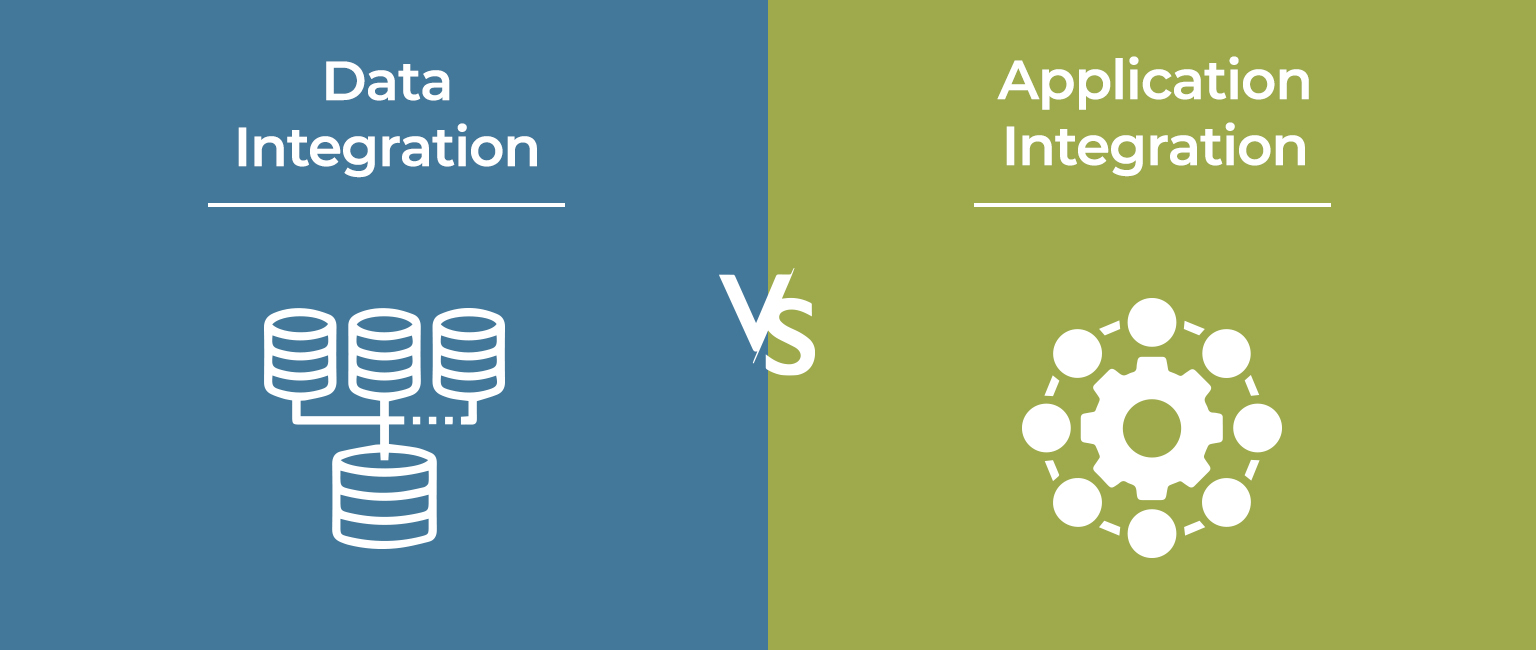
Thanks to application integration, companies can quickly manage new information or performance concerns.
Data integration, in contrast, hand functions with massive data quantities. To guarantee data quality, it often integrates data at rest. As relational databases were more widely used and there was a greater need to transfer data across them.
Application integration and data integration are handled differently inside an organization. Since application integration is a component of overall software development operations, DevOps controls it. DataOps, which coordinates with the management and administration of data.
Use Cases of Data Integration in Real World
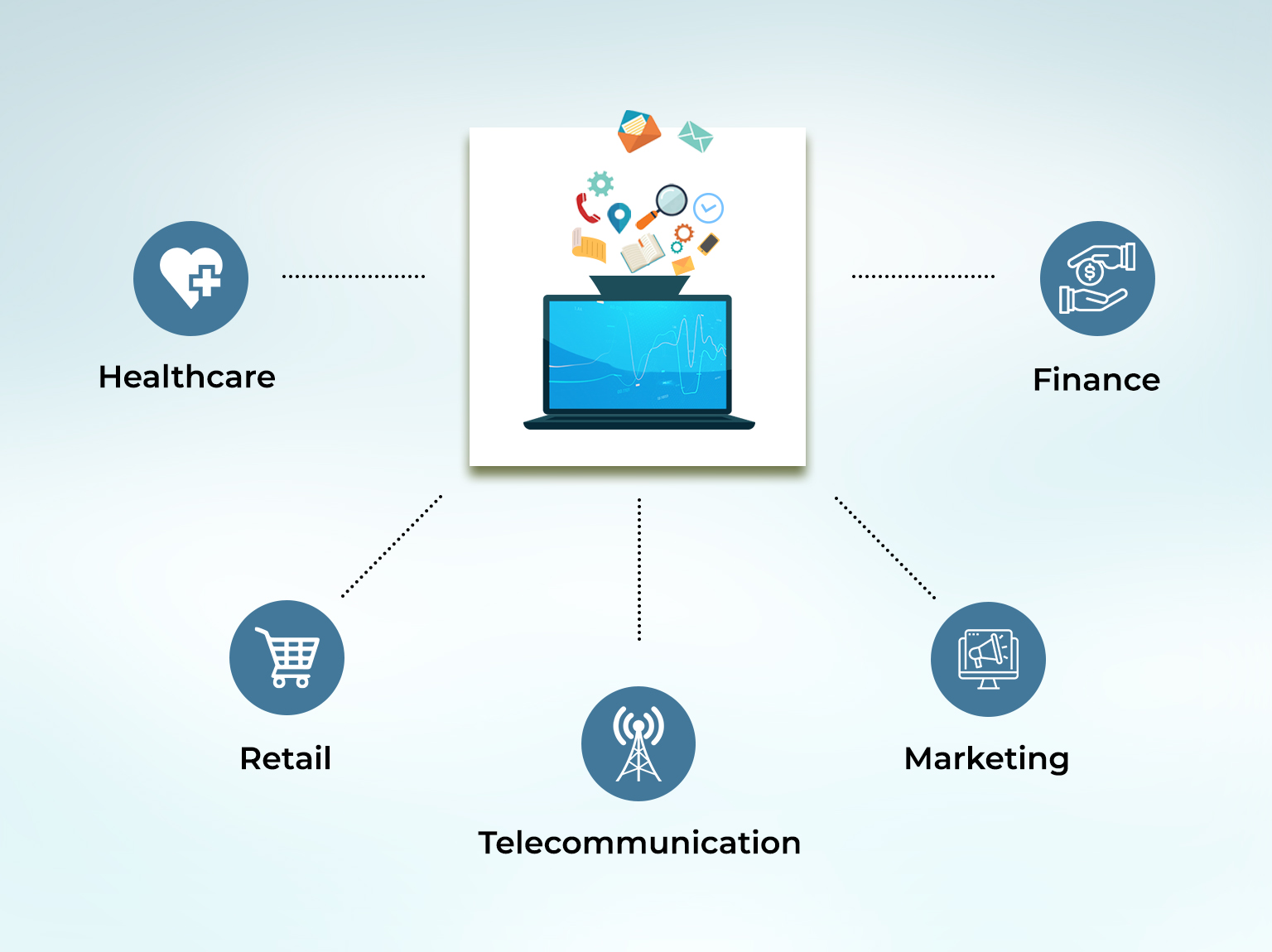
- Healthcare: Providing patients with care involves access to their medical records. In the past, patient data was dispersed throughout many platforms, jeopardizing care. Even hospitals have begun combining as much information as possible into a single thorough record. As a result, patient outcomes have improved, health and wellness have increased, and expenditures have come down.
- Retail: Every day, retailers deal with enormous amounts of data. Therefore, having all the pertinent data in one place is necessary for their performance tracking. Thanks to data integration, retailers can efficiently monitor revenue, stock, and other crucial indicators across all of their outlets and platforms.
- Finance: The financial sector has begun utilizing data integration for cross-sell and up-sell opportunities, fraud protection and detection, credit risk assessment, and client retention.
- Marketing: It has also become crucial in the marketing industry. It entails communicating with the appropriate audience at the right moment. If details are not carefully considered, marketing strategies can quickly fail. With appropriate integration routes and technologies for integrating data, managing data on hundreds, or perhaps millions, of customers is easier. It could result in unsuccessful initiatives and squandered marketing funds. The only way of keeping data structured and up to date is to integrate it.
- Embracing Telecommunications: Providing excellent customer service is essential in the telecommunications industry, and integrating data is critical. Integrating data from many sources may provide a 360-degree perspective of business and consumer connections. Identifying and addressing problems that result in low customer satisfaction and an increase in service requests is possible.
How can Beyond Key Help your organization with Data Integration?
Utilizing data integration inside your business has countless benefits. It may be implemented to improve customer experiences while providing a clear understanding of company statistics and productivity across all departments.
Speaking of Beyond Key trends, Discover the top 5 trends influencing data infrastructure in 2022 and beyond.
These 5 Trends are:

Our highly qualified team of experts at Beyond Key will take care of all your data issues while assisting you in implementing automated data integration software for your company.
Regardless of the kind, structure, origin, or location of the data, with the help of our experience, you can design cutting-edge data architecture for your company.
Therefore, you may talk with and engage our professionals if you wish to apply data analytics solutions in your company. We’ll take care of all of your requirements!
Conclusion
Making the most of integration data will help businesses stay competitive. Utilizing customer data integration and providing a positive customer experience is especially crucial since they increase revenue.
When your data sources are correctly connected, you may get a significantly more accurate BI. For that, you need the right Data Integration Solution Partner, like Beyond Key. Contact one of our experts if you’re interested in a trial to learn more about how Beyond Key might benefit you.















